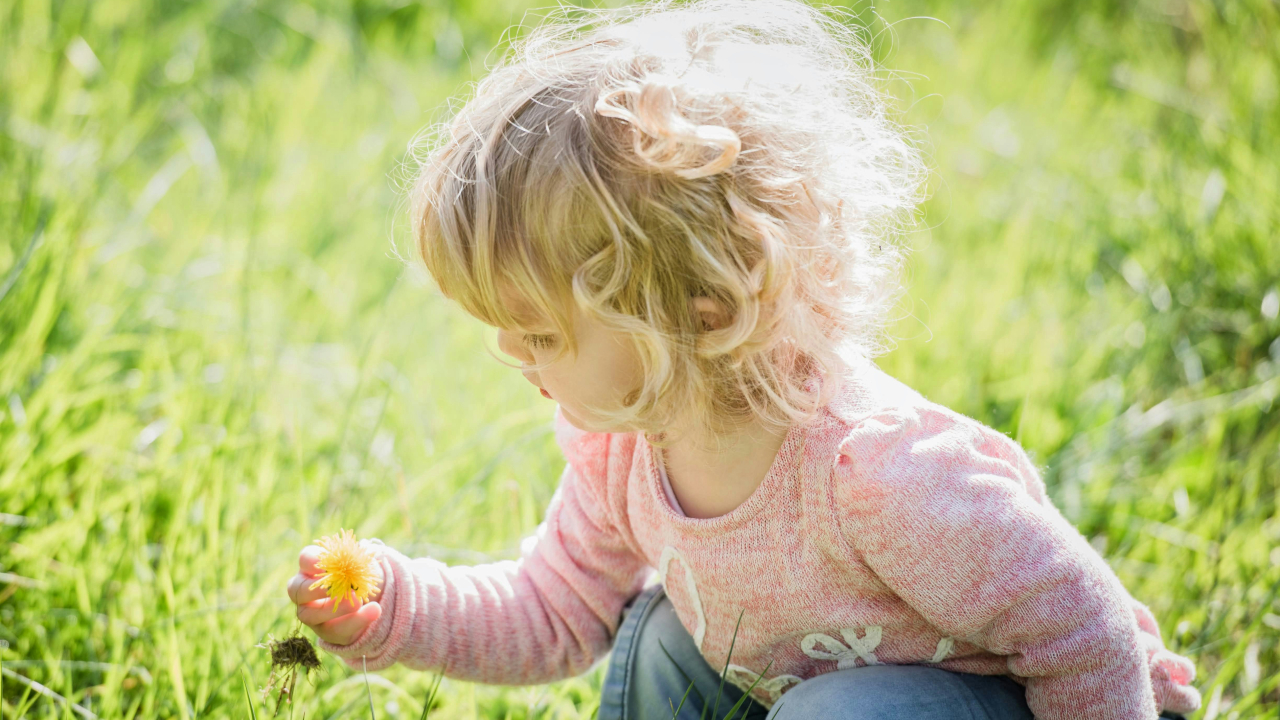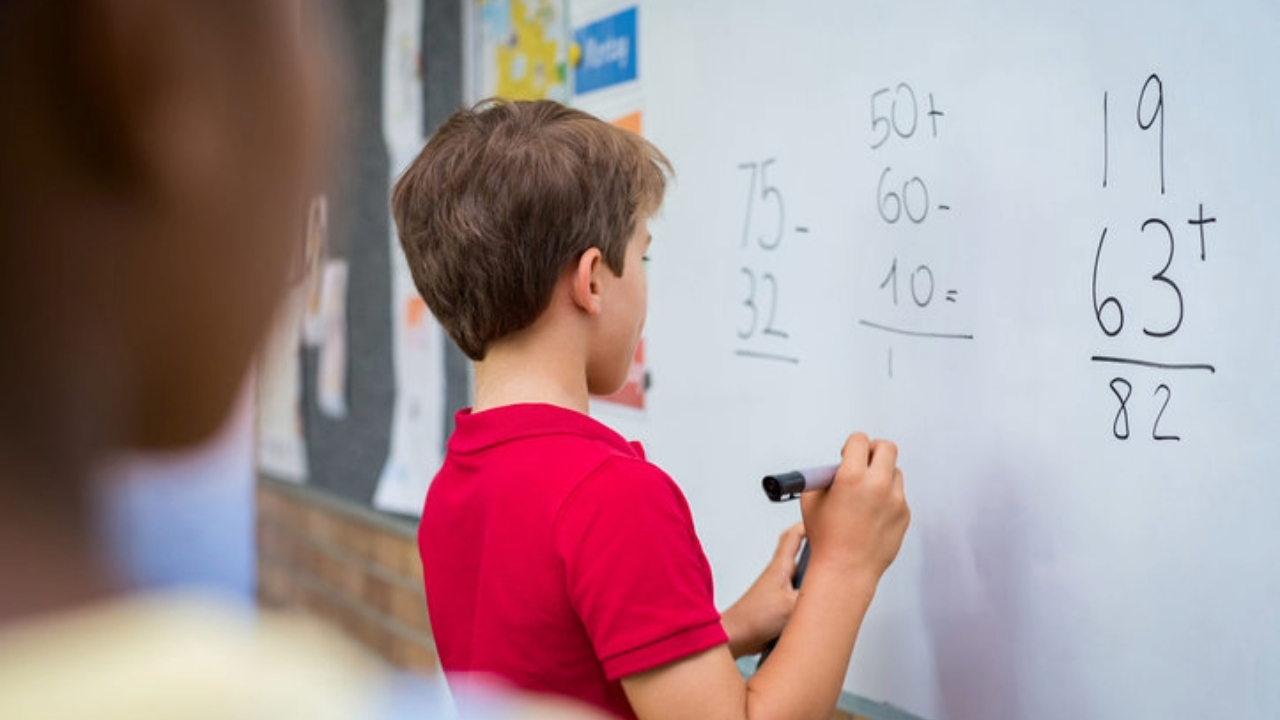The New Academic Year and Why Child Protection and Safeguarding must be part of each school’s culture

As we embark on a new academic year across the GCC region, it is critically important that all schools foster a culture of safety, security, connection and care for all stakeholders, especially the children who we have the privilege of working so closely with across their educational journeys.
Even more importantly, this culture of child protection and safeguarding must come before our children can fully connect to any educational learning. We want our children to achieve at their highest possible levels, whether that be academically, socially, culturally or through sport. The thing is, unless a child feels safe, loved and cared for (both at home and at school), they will never fully connect to their learning and development journey. And it’s not just me saying this – it’s neuroscience that confirms this.
As humans, we are a ‘feelings’-based species. We feel first and learn second. It’s how we have been created. Our brains receive endless signals via our central nervous system every day, with these signals following a pathway from the brain stem to the limbic system and then to the prefrontal lobes. These signals go in that order each and every time.
Children who do not feel safe (whether that’s at home, school or both), live in a constant state of fear and survival mode, continually enacting either fight or flight responses. Their only learning is around what they must do to survive. So, their ability to learn at any higher level (executive state) stops at the most primitive part of their brain.
Children who do not feel a sense of love, care and a positive state of wellbeing will have unstable emotional states, which also significantly hampers their ability to learn and any higher level. We need our children to be as healthy and as happy as possible and wanting to come to school, because the school’s culture actively promotes health and happiness.
This is also critically important for school staff, in particular teaching staff, as there is a direct correlation between staff wellbeing and student wellbeing outcomes.
Something to also consider is that it takes on average until a person is in their mid-20’s for their brain to fully develop. However, 90% of that brain growth occurs before a child reaches 5 years of age. This means that a child’s feelings about safety, love, health and happiness have already been formed in their home-life before they even reach school. Parents and Guardians are a child’s first teacher, and building a home culture of safety, security, love and care is essential to having a seamless alignment to a school’s child protection and safeguarding culture once a child reaches school age. This is one of the primary reasons why the partnership between home and school is so critical to the continuation of a child’s overall development.
As we start the 2025-2026 academic year, all schools should have clear child protection and safeguarding strategies that prioritize connection over curriculum. Schools have both a moral and a legal responsibility to protect at-risk individuals (including children) from harm, abuse and neglect, as well as ensuring there are measures in place to prevent harm to children’s development and/or health. Priority should be on pastoral care of children and spotting warning signs of harm and abuse in children.
So please, please don’t start the year by opening textbooks or starting academic learning on Day 1, or even the first week or so. Prioritize getting to know your children, as people, not just as students, and learn their baseline behavior, so you can watch out for changes in those behavior patterns. Focus on creating an environment (especially in the classroom) that is caring, nurturing, safe and student-centered, allowing your children to own their own learning. And have fun! This will build long-lasting and powerful connections and give your children the best possible chance to fully engage in their executive learning state.
This is why child protection and safeguarding must come first in schools.
Yours in gratitude,
Darren Goodall MBA - Director of Child Protection and Safeguarding, Maarif Education
Stay up to date
Subscribe to the free GESS Education newsletter and stay updated with the latest insights, trends, and event news every week. Your email address will remain confidential

